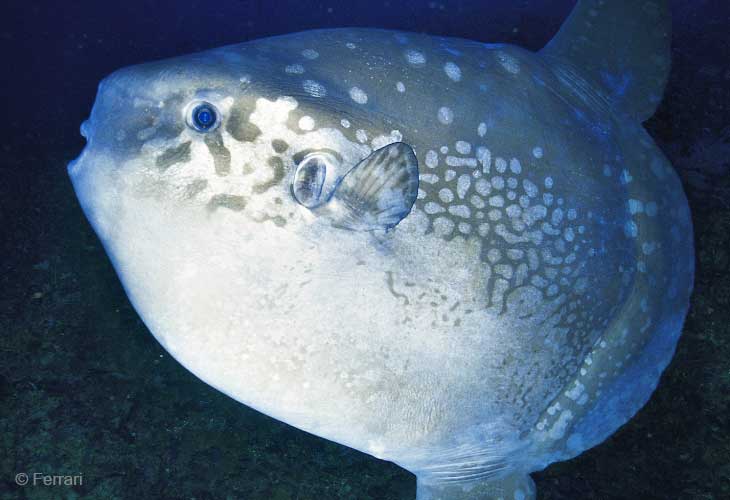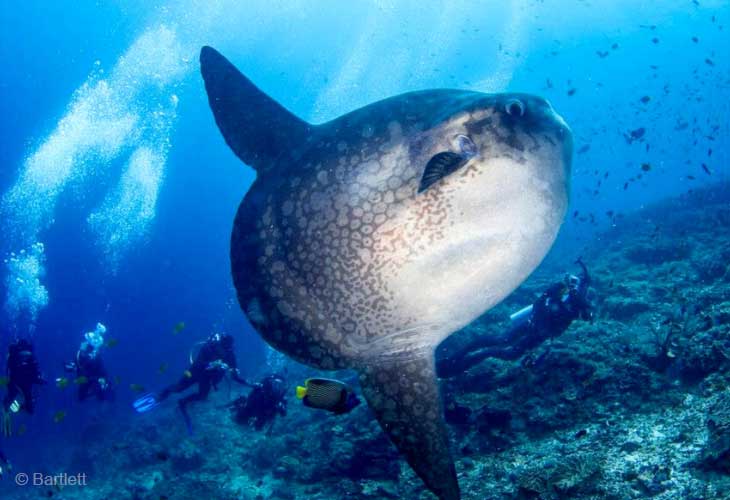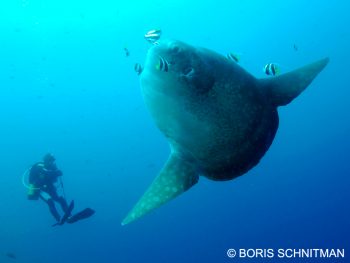Shark Diving in Indonesia
Looking for some shark-y Indonesia diving? AMD-B ‘Beyond Bali’ Dive Travel Consultants would be delighted to put together the best possible arrangements to enable you to visit one – or all! – of the below Indonesian dive destinations! You can contact them on Tours@AquaMarineDiving.com.

Komodo, Raja Ampat, and Bali
Catsharks in Komodo: Night-diving will increase your chances of encountering them as they’re nocturnal hunters.
Carpet aka Wobbegong sharks: There are multiple Raja Ampat dive sites where you can encounter Wobbegongs. You’ll see them lying on the bottom (including in caves) – hence the name ‘carpet’ – and are pretty cool with ambushing their prey. Also expect to see Grey and Black-tip reef sharks.
Reef sharks at Mimpang/Tepekong, Bali: You can see them out in the open, and sleeping in caves and under table corals. They’re very timid so please don’t harass them.

West Papua, South Lombok, and Alor
Whalesharks in Cendrawasih Bay & Triton Bay, West Papua: You can visit either location whether you’re on a liveaboard or on a Day Trip from a resort. At most dive destinations, Whaleshark sightings are considered rare however these Whalesharks appear to be resident. However, you do need to know where and when to visit.
Hammerhead sharks at ‘The Magnet’, South Lombok: You’ll need gloves and a reef hook! Hammerhead season here is July to October; the currents can be VERY challenging however it’s worth it – “schools of hammerheads” should be on your bucketlist!
Hammerheads are also seen in the Banda Sea on their seasonal, migratory routes.
Thresher sharks in Alor: This one is like hitting a jackpot! There are multiple, seasonal records of schooling Thresher sharks in Alor but remember that sadly these days they are endangered and pretty rare.
A non-profit foundation registered under the Indonesian government has been established to pass on to the local populations that these creatures are at a high risk of extinction. Want to come and try your luck?

Note: The majority of the dive sites where these big pelagics are usually encountered can have quite challenging currents. We suggest you get an Advanced certification (dive to greater depths) and – perhaps more importantly – your Drift Dive specialty before proceeding on your Indonesia Shark Diving Adventure.






